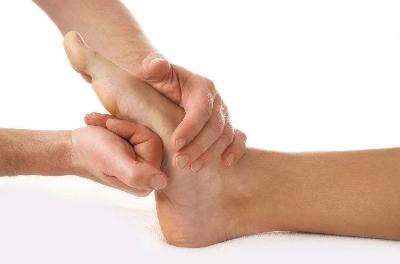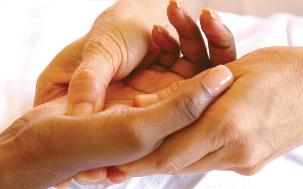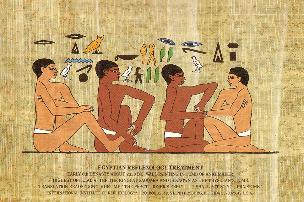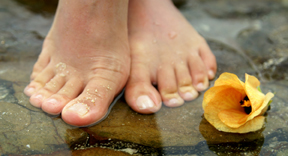What is Reflexology?
Reflexology is based on the principle that there are reflex points on the feet, hands, and ears that correspond to the organs, glands, and parts of the body. Reflexology is the practice of therapeutically stimulating these reflex points. By applying pressure to the appropriate points, the body can be returned to its natural state of balance or homeostasis. Other benefits of reflexology include, but are not limited to, relief from stress and tension, improved circulation, and improved nerve function. Reflexology is more than just massage!

Reflexology Benefits
- Relieve stress.
- Reduce muscular tension.
- Increase circulation.
- unblock nerve pathways.
- Encourage the body’s natural healing processes.
- Promote homeostasis (balance).
- Cleanse and detoxify the body.
- Increase energy.
Commonly Used For
- Arthritis Pain
- Back Pain
- Fibromyalgia
- Headaches
- PMS and Hormonal Imbalance
- Sleep Improvement
- Mood Elevation
- Foot Pain, Injuries, and Neuropathy
- Hammer Toes and Bunions
- Accelerated Injury Healing Time
Reflexology is suitable for all ages and can provide relief from a wide range of acute and chronic conditions. Now many doctors and health care professionals recognize reflexology as a respected, well-established, and effective therapy.

Reflexologists understand that when one stimulates the reflex areas of the hands or feet it affects the internal organs by a simple reflex action. A reflex is an involuntary response to a stimulus. Some common reflex actions are the pupil of the eye reacting to light, or the way your leg jerks when the knee is tapped. To obtain a reflex action there must first be a stimulus.
In Reflexology, the stimulus is the pressure that is applied to the foot or hand reflex. This switches on a nerve impulse that is conducted to the central nervous system by a sensory neuron. The neuron’s message is received by the ganglion and is then transmitted by a motor neuron which then causes a response. Neural pathways are both electrical channels and living tissue that if impaired can cause nerve function to be disrupted. As a result the body is less able to function properly.
Reflexology gives the body a chance to repair itself by stimulating nerve endings and encouraging the clearing and opening of neural pathways.
Until approximately AD 200 Delphi, Greece was home to an ancient health spa where reflexology and other therapies were used to induce relaxation and well-being.
Therapy practices similar to reflexology were used in early China, India, Japan, and Russia.

What to Expect During a Treatment
On the first visit, the reflexology practitioner will have you fill out a questionnaire, remove socks, and relax to soothing music in a reclining table. The reflexologist will then use her hands to apply pressure to reflex points on your hands and feet.
It is important to inform your reflexologist about your current medical conditions and medications and to keep an open dialogue with her.
Keep Your Reflexologist Informed About:
- Pressure
- Health concerns or problems
- Discomfort
- Changing medical conditions
- Medications and supplements
What to Expect After a Treatment

After the session most people feel a sense of relaxation and comfort. After completing initial reflexology treatments, many people continue getting regular treatments for maintenance, prevention, increased mobility, and general relaxation.
Be sure to drink plenty of water after your session to flush out any toxins. You should also plan on taking it easy and getting plenty of rest.